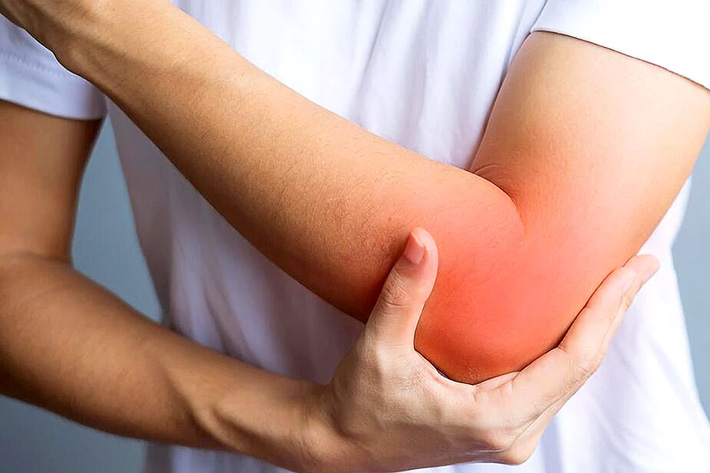Treatment options for tennis elbow can vary depending on the severity of the condition. Here are some commonly recommended approaches:
Treatment options for tennis elbow can vary depending on the severity of the condition. Here are some commonly recommended approaches:
- Rest and activity modification: Resting the affected arm and avoiding activities that worsen the symptoms is often the first step in treatment. This gives the damaged tendons time to heal. You may also need to modify your technique or equipment if a specific activity is causing the problem.
- Ice therapy: Applying ice packs or cold compresses to the affected area can help reduce pain and inflammation. Use ice for 15-20 minutes at a time, several times a day, especially after activities that aggravate the condition.
- Pain medications: Over-the-counter nonsteroidal anti-inflammatory drugs (NSAIDs), such as ibuprofen or naproxen, can help alleviate pain and reduce inflammation. However, it’s important to follow the recommended dosage and consult a healthcare professional if you have any underlying medical conditions or concerns.
- Physical therapy: A physical therapist can provide specific exercises and stretches to strengthen the muscles and tendons around the elbow. They may also use techniques like ultrasound, massage, or electrical stimulation to promote healing and reduce pain.
- Brace or splint: Wearing a counterforce brace or splint around the forearm may help alleviate symptoms by reducing strain on the affected tendons. These devices can provide support and stability during activities.
- Corticosteroid injections: In some cases, a healthcare professional may recommend a corticosteroid injection into the affected area to help reduce pain and inflammation. However, these injections are typically used cautiously and not as a first-line treatment due to potential side effects.
- Extracorporeal shockwave therapy (ESWT): This non-invasive procedure involves delivering shockwaves to the affected area to stimulate healing. ESWT has shown some promising results in the treatment of tennis elbow.
- Platelet-rich plasma (PRP) therapy: PRP therapy involves injecting concentrated platelets from your own blood into the affected area. Platelets contain growth factors that can potentially accelerate healing and reduce pain.
It’s important to consult with a healthcare professional, such as a doctor or physical therapist, for an accurate diagnosis and to determine the most appropriate treatment plan for your specific condition. They can assess the severity of your tennis elbow and provide personalized recommendations.





